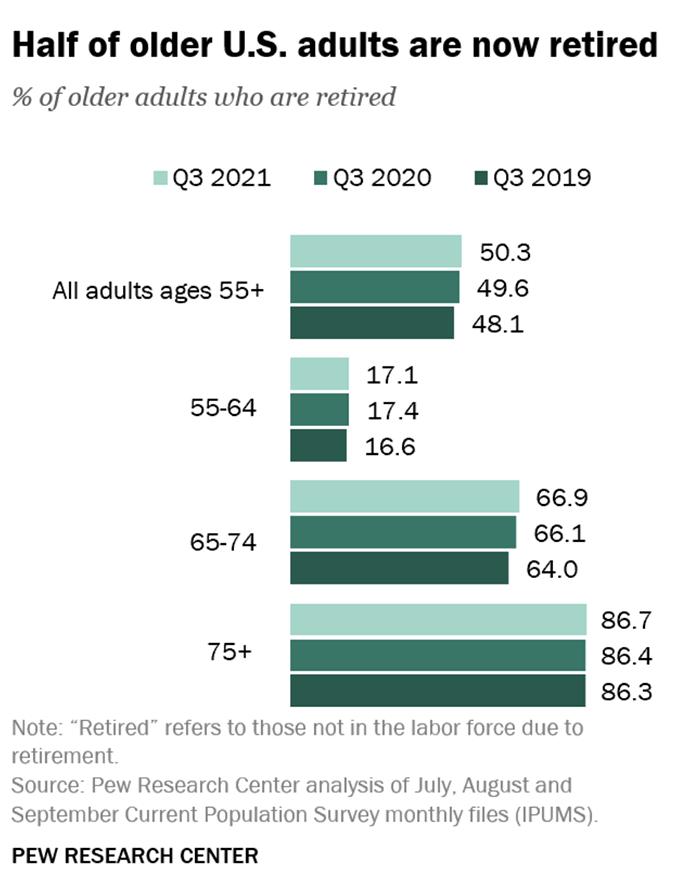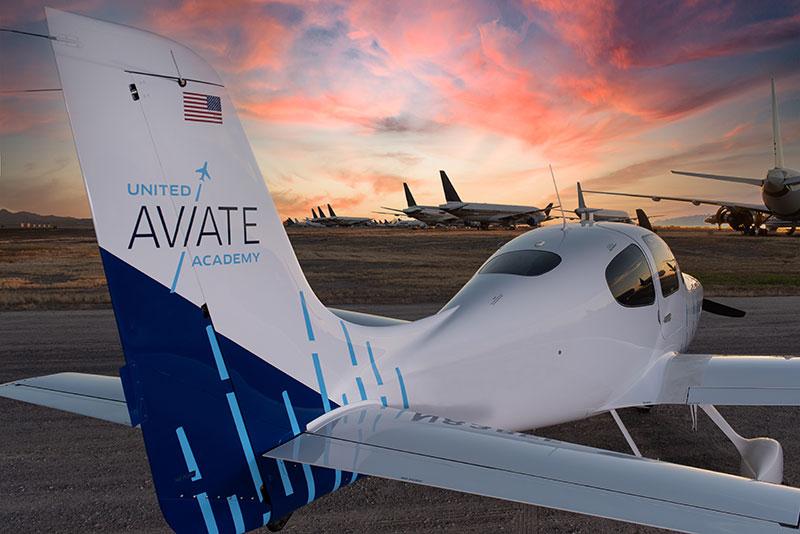
8 minute read
Director’s Chair
PHX ON THE REBOUND
Traffic Has Bounced Back, Creating Challenges, Opportunities For New Director Makovsky
Advertisement
BY CAROL WARD
Above: City of Phoenix Director of Aviation Services Chad Makovsky
Editor’s Note: Chad Makovsky has spent the past three decades building his career in aviation, with experience at small airports such as Hollywood Burbank Airport (BUR), as well as large hubs including John F. Kennedy International Airport (JFK), Dallas/Fort Worth International Airport (DFW ) and Phoenix Sky Harbor International Airport (PHX). In recent years, he was assistant aviation director at PHX in the mid 2010s before heading to DFW for a stint as executive vice president in the operations division.
Makovsky returned to PHX in March 2021 as director of aviation services. Despite the ongoing pandemic, both cargo and passenger demand at the airport are thriving and PHX is positioning itself for future growth. AXN Editor Carol Ward spoke with Makovsky in December 2021 about his vision for the airport going forward.
This is an abridged version of the interview conducted in mid December 2021. The full video interview can be found on www.airportxhub.com.
WARD: You’ve been at the helm for about nine months now. I know taking the reins in the middle of a pandemic can’t have been easy. Can you give me an overview of your key goals for PHX?
MAKOVSKY: Coming back from DFW to Phoenix Sky Harbor International Airport in the midst of a pandemic was certainly a challenge and a bit unexpected. Phoenix had lost about 90 percent of its customers and traffic, nearly overnight, as a result of the pandemic. I recognized that we would need to focus on rebuilding but I didn’t want to make any assumptions about all the work that the team had done. What I learned is the team had done an amazing job, frankly, of caring for our customers, caring for each other, and making sure that the airport was ready for customers when they were ready to travel again. They cut $40 million out of our operating budget. They deferred $800 million worth of capital projects. They took some very responsible steps, not knowing really what the bottom was going to be with the pandemic. I’m inspired by all that the team has accomplished.
WARD: In terms of passenger numbers, how is PHX faring and what are you expecting for 2022?
MAKOVSKY: 2019 was the busiest year on record at Sky Harbor. We had 46 million passengers travel through our airport that year. We went from that to 2020, where at the end of the year, we had only served roughly 22 million passengers. When I came in, in March of 2021…we saw roughly 65 percent of pre-pandemic travel, and that steadily increased through the summer. In October we were sitting at 97.4 percent of pre-pandemic travel. That’s atypical - we recognize that.
WARD: Turning to infrastructure, Terminal Three is now complete. Does that conclude all your major capital projects for the near future?
MAKOVSKY: I’m going to ask you to check your couch cushion because we’re looking for money. We have about $6 billion in unmet needs at Sky Harbor Airport. Our cargo customers are telling us they want to grow and expand. Our airlines are telling us they want to grow and expand. And a lot of our ancillary businesses, including

our fixed base operators and even our Air National Guard base, want to grow and expand.
We have two major projects that are nearing completion. We are adding a new, eight-gate concourse. It will finish out Terminal Four, which is our largest terminal at Sky Harbor. That new concourse is going to be taken by Southwest Airlines. That will come online in June 2022. We also have a two and a half mile extension of Sky Train. It’s about a $750 million project that will very efficiently move our customers from the terminals to the rental car center, which is currently being served by buses today. We’re really excited about bringing this online because it’s going to allow us to take about 80 buses off of our roadways. Going forward, in terms of shovel-ready projects, we have another concourse in the works. It’s a six-gate concourse at Terminal Three. That’s ready for potential infrastructure funding. We’re very excited about what the federal government’s done with the Infrastructure Investment & Jobs Act. In addition to the formulary allocations that we get, we’re expecting that we’ll be quite competitive in the process for securing additional funding to support the construction of that concourse, as well as some taxiway infrastructure.
WARD: Let’s go inside the terminals. I know you’ve had labor issues. Others have as well. What’s the current state of play for your concessions?
MAKOVSKY: The demand is there for these services, but [operators] are continuing to see both labor shortages and supply chain shortages. We are doing our very best to support them, and we do everything we can to lower the barrier of entry into the airport. Currently, in terms of the state of play, I would say between 60 and 70 percent of our concessions are open in the terminals. In Terminal Four, if you look at just food and beverage, we’re closer to 80 percent open. It’s great, but it’s not been without a lot of work – I really appreciate the work that our concessions partners are doing. They understand the importance of having these concepts open. They’ve gotten quite creative and innovative, providing self-service concepts as well. But, all that said, we’re still hearing from our customers.
Above: PHX saw a strong rebound in passenger traffic in 2021 with leisure passengers in particular flocking to the sun despite the ongoing pandemic.
Below: Terminal 3 at PHX is the newest major renovation at the airport, but more – including two new concourses – is on tap as growth continues at the airport.

Right: Concessions at PHX have operated without pricing constraints for the past two years, a policy Makovsky says is still under scrutiny.


They want more access to concessions during more hours of the day than we’re currently providing.
WARD:. PHX is one of the few airports that doesn’t have any real constraints on concessions pricing. Two years into [the pricing policy shift], are you seeing what would be considered reasonable prices in your concessions?
MAKOVSKY: It’s something we’re watching really closely. We wanted to test this. We recognized the challenges our concessionaires are going through.... But we have, on occasion, heard from our customers that they are concerned with some of the prices that they see. We’re very mindfully working with our concessionaires to make sure that they get it right.
We do customer perception surveys. Every quarter, we ask if they feel the value they’re getting, for the price they’re paying for the offering, is reasonable. So far that metric has not skewed a whole lot from when we had the controls in place. [I’m] not completely sold that this is the right path, but we’re working with the concessionaires to make sure that we’re providing the offerings that the customers want at the price that they think is reasonable.
WARD: More broadly, with virtually every airport having to provide relief from the MAG during the pandemic, going forward, do you see a significant shift in how you contract with concessionaires?
MAKOVSKY: We just put out a solicitation for our newest concourse that’s coming online next year and we decided to stick with the MAG. We’re very open to an alternate form of pricing or control, we just haven’t heard anything that’s viable yet. MAG isn’t perfect. We get that. And frankly, with a minimum annual guarantee, what good is a guarantee if you don’t live up to the guarantee? Arguably, we kind of lived through this force majeure event with the pandemic. We felt it was appropriate to waive MAG because we’re in this together and we knew the concessionaires desperately needed this relief.
WARD: Is there anything else you’d like to add?
MAKOVSKY: One interesting thing that we’re doing is [looking at] childcare. As we think of our industry and workforce challenges and barriers to entry, what we’ve really heard from our business partners and from the workforce is that they’re looking for affordable access to childcare services. Our mayor and city council were really forward-focused on this. They used some of the city’s ARPA (American Rescue Plan Act) funds to encourage and incentivize the airport to identify solutions to childcare challenges for the workforce at the airport.
We’ve done that in a couple of ways. We’re investing $4 million into vouchers for airport workers. We’re really excited about getting those out, in the beginning of 2022, to those who might have a need or need additional assistance with childcare as a condition of getting to work again. After that, we’re looking at piloting a purposebuilt childcare facility on airport property to support our airport workers for the long term. So, more to come on that, but I’m really excited about that initiative. I think that’s going to be really a game changer, in terms of attracting and retaining the workforce necessary to keep our airports functioning. This is not just for city staff or airport employees within the City of Phoenix. This is for the entire campus, 50,000-plus employees that work on or around our airport. We recognize, especially for the entry level positions, the barriers to entry can be high and it’s our goal to do everything we can to reduce those barriers.


STAY CONNECTED!
SUBSCRIBE TO RECEIVE WEEKLY NEWSFLASHES AT https://airportxnews.com/email-signup/
Airport Experience® News is THE airport concessions industry media hub, with breaking news online, specialized news features in the monthly magazine and must-have information in the Fact Book, our annual resource guide. SUBSCRIBE TODAY AND BE IN THE KNOW!









